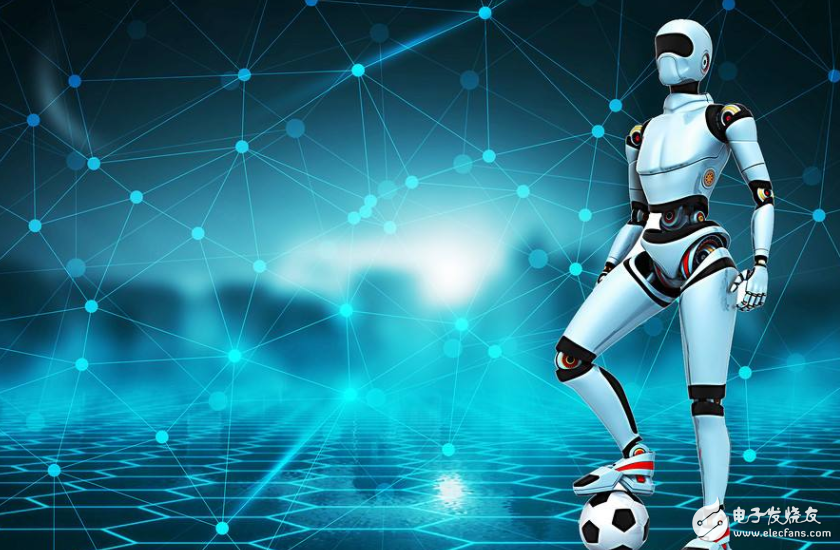Although deep learning is still hot, Gary Marcus has poured cold water on us. Gary Marcus said that don't ignore the problems of deep learning. In fact, the status quo of deep learning is not optimistic. We still have many problems that have not been solved. Knowledge is not deep and difficult to migrate. Gary Marcus, a professor of psychology at New York University, was the head of the Uber Artificial Intelligence Lab. His own artificial intelligence startup, Geometric Intelligence, was acquired by Uber in December 2016 and joined Uber to help them build artificial intelligence laboratories. Gary Marcus also called on researchers to "borrow knowledge in the field of cognitive science" and build more concepts of understanding similar to humans. However, Gary Marcus is not a very encouraging "positive person". In fact, he has repeatedly poured cold water on artificial intelligence and deep learning, warning everyone how insignificant we are now and how optimistic people are. Christmas - New Year's Day holiday just after, Gary Marcus uploaded a paper in arXiv, a comprehensive and not optimistic analysis of the current state of intense deep learning. In his thesis, he pointed out ten questions for the deep learning of the current hot, and Xiaobian briefly introduced the ten questions as follows: Anthropology can learn according to clear rules. For example, after learning the three forms of quadratic quadratic equations, it can be used to solve various problems. It is also possible to quickly learn the implicit laws from a few samples. After Jingba and Shiba Inu, I saw Demu and I knew it was also a dog. However, deep learning is not like this. "The more data = the better the model performance" is the basic law of deep learning. It does not have the ability to learn from the rules given by words. For enterprises, the IT giant is more likely to establish the Matthew effect with a larger amount of data in the era of deep learning, and the second echelon competitors have begun to worry. Scholars are also not very optimistic about this. Geoffrey Hinton also mentioned in recent capsule papers that "the difficulty of generalizing the convolutional network in new categories... or copying feature detectors in the grid, the size of the grid As the number of dimensions increases exponentially, the size of the training set is also increased exponentially. For situations where limited data is available, deep learning is often not the best choice. We all know that the deep meaning of deep learning refers to the deep layers of the network and the large number of hidden layers. The deep summary of the law of human behavior that humans like and respect is nowhere to be found in deep learning. Even for intensive learning models that need to interact with the environment and should be better aware of the laws of the environment, once the environment changes, they still need to re-adapt—they don’t really understand what the “wall†is, and the “channel†is what. In addition to DeepMind's intensive learning model for playing Atari games, many other researchers have observed in their respective research fields that a slight change in input data can cause a huge difference in output. The data model learned by the deep learning model seems to be much weaker than we think. For example, for most deep learning language models, a sentence is just a string of words. However, in the eyes of linguists, sentences have an inherent hierarchical structure; attributive clauses in long English sentences are a classic example. The same sentence is basically complete in structure. From the perspective of hierarchy, it is only a supplementary explanation of a certain word or phrase. Deep learning can't do anything about various hierarchical structures. Humans can split the goal of "cooking rice" into "make rice, add water, set firepower time" several actions one by one, and game AI also needs to find the balance and coordination between individual operations and global strategy. However, deep learning does not provide the ability to understand, summarize, control, etc. in a hierarchical way. The characteristics it learns are “flat†or non-hierarchical, and each feature is only one item in the list. Therefore, the deep learning system itself does not have the ability to represent a hierarchical structure. Trying to extract a hierarchical structure such as Word2Vec with some techniques will immediately stand out. However, considering that most tasks, most data, and most electrical systems have obvious hierarchies (this is even the basic idea of ​​humans building practical systems), the performance of deep learning on them is still very doubtful. After reading books and movies, human beings can always make different opinions about the transitions and story developments from the original, and suggest the author's hints. However, even the best performing model on the SQuAD question and answer data set can only be Find the most relevant words in a given text and combine them. There is absolutely no ability to innovate and understand the implications. Even if researchers have already tried, there is currently no deep learning system that can be compared to humans with the ability to make open reasoning based on real knowledge. Data Acquisition Adcs Dacs,Ics Data Acquisition Adcs/Dacs,Data Acquisition Adc / Dac Professional,Ic Chip Data Acquisition Adcs/Dacs Shenzhen Kaixuanye Technology Co., Ltd. , https://www.icoilne.com